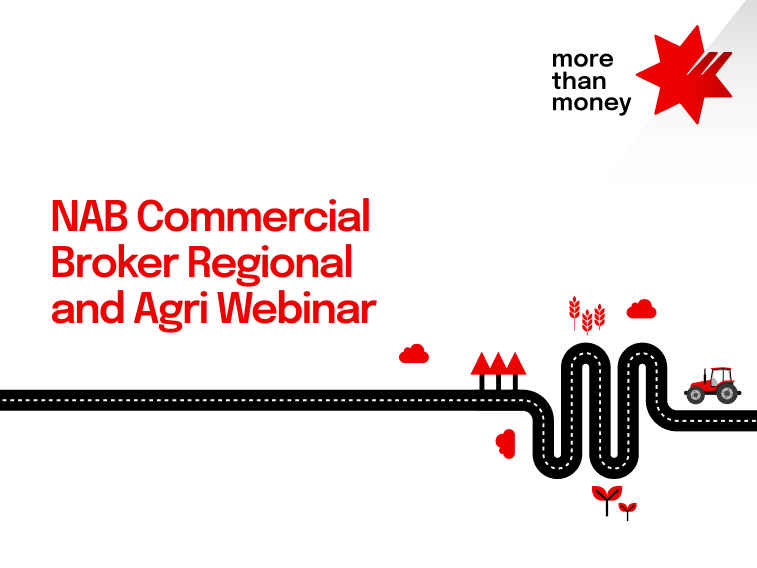An exclusive webinar to help you deliver the best outcomes for your R&A business. Watch now.


Webinar
Where many farming families trip up is that they have no succession plan in place. Help keep your farm’s future secure by rolling out a succession plan now, cautions NAB’s Agribusiness Wealth National Manager, Bill Adams. He explains the process.
Where many farming families trip up is that they have no succession plan in place that’ll amicably transfer farm management and asset ownership at agreed timelines. Bill Adams, NAB’s Agribusiness Wealth National Manager, walks us through the process.
The farm transfer process can be broken into two parts: the first part is ‘succession’, where you transfer managerial control, and the second part is ‘inheritance’, where you transfer control of assets and ownership.
Either way, the process can be emotional and there may be a reluctance to talk about it or act. But open and honest communication is critical and in many instances this is an area where the process breaks down. Presuming to know what each family member wants can be a trap; family succession is often complicated and making assumptions is never a good idea.
The dilemma of ‘equality versus fairness’ when divvying up the farm can also generate conflict. In some experiences, people are left with a non-viable farming operation if their intentions are to split all assets equally between on-farm and off-farm siblings. For many families, not knowing who to talk to or getting conflicting advice can stall or even end their succession plan. Your banker, financial adviser, accountant and solicitor all need to be involved in the process.
Superannuation is a fantastic tax vehicle and can fit nicely into most succession strategies. Likewise, small business capital gains tax concessions are handy for families wishing to exit their farming operation – not only in terms of providing tax relief but also in allowing lump sum entry into superannuation outside normal concessional and non-concessional caps for those who qualify. Each state also has its own legislation in place for intergenerational transfer of property, which can have significant tax and stamp duty benefits.
Creating a succession plan firstly involves gathering data and our checklists are a good way to get the ball rolling.
Once you’ve answered these points, you’ll be on your way to getting your succession plan in order.
Learn more about succession planning.
© National Australia Bank Limited. ABN 12 004 044 937 AFSL and Australian Credit Licence 230686.